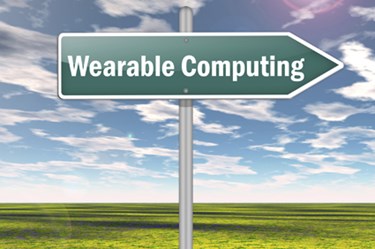Baby Wearables: Ushering In First Generation Of Cradle-To-Grave Users?
By Megan Williams, contributing writer

Wearables have entered the maternity ward and your hospital IT clients might want to make note. The world of wearables has extended deeper into the lives of patients, possibly kicking off a new generation of cradle-to-grave wearable users.
The Device
Sproutling, the developmental product of Chris Bruce and Mathew Spolin, is a wearable for babies, has been in development for two years and was unveiled last August.
It involves a band placed on a baby’s ankle. The band is encased in medical-grade silicone and uses an optical heart-rate sensor that shines a light onto the skin that bounces back to a sensor that measures the wavelength of the returned light. Temperature is measured by a contactless sensor and an accelerometer tracks the baby’s physical position.
It also includes a base station that doubles as a magnetic resonance wireless charger that can run the band for 24 to 48 hours. Additionally, the base station monitors environmental factors including room temperature, noise levels, light, and humidity.
While the technology is currently geared toward consumers, there’s little doubt that the parental desire to monitor as much of their babies’ information as possible will soon have an impact on the expectations of hospitals and other neo-natal care units.
The Data
According to Spectrum IEEE, Sproutling tracks numbers including the decibels of noise in the room and the baby’s temperature, while a ring of light at the base of the station pulses at the same rate of the baby’s heart beat which is also coordinated with a smartphone app. The Sproutling algorithms convert data into alerts, but only as needed. As Spolin says, “It’s not designed to give you graphs and numbers. It’s really to let you know when things are okay or when you should check on your child.”
The technology itself, though, opens the door to myriad possibilities around data collection and analysis, especially over the lifetime of a patient. The device takes into account important factors including how much the baby has slept in the day, its age, and historical temperament. The machine is able to learn from the information it gathers and predict how long the baby should be sleeping, along with when he or she might wake up.
Going Deeper
To read more on regulations around wearables, read “FDA Makes Recommendations For Low Risk Health Technologies.”
